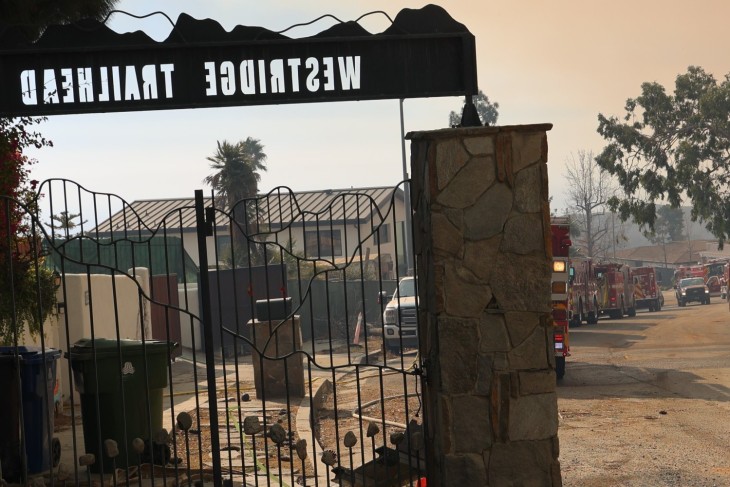No one is seriously suggesting that California will soon become another Cyprus, the Greek-speaking Mediterranean island nation whose economic bailout plan includes dunning holders of “large” bank accounts as much as half their holdings and freezing the rest.
But since a federal bankruptcy judge gave the go-ahead for the city of Stockton to seek shelter from more than $1 billion in debts via Chapter 9 bankruptcy, alarm bells have been ringing loudly in the heads of municipal bond investors.
They’ve already seen California cities and counties file four of the five largest municipal bankruptcies in U.S. history, beginning with the $4 billion 1994 Orange County debacle, and then Vallejo’s $175 million case in 2008 and the in-progress cases of Stockton and San Bernardino.
If you’re the chief of municipal bond investing for a big bank, whether on Wall Street or in San Francisco, Los Angeles or Chicago, this gets your attention. You might hesitate to lend hundreds of millions of dollars to other cities and counties if you fear they might go the Stockton route. Even if you proceed, you might insist on higher interest rates to compensate for what now appears to be added risk. That can translate to higher local taxes.
If you hesitate or insist on high interest, what happens to school remodeling plans, sewer expansions and repairs, park purchases, water facilities and scores of other civic projects that won’t be built without borrowed money?
There’s also the question of who might go to work for cities and counties, some risking their lives at times as police officers or firefighters, if Stockton should be allowed to weasel out of salary and pension obligations the city and its voters agreed to.
That’s why the hosannas that greeted the early April decision by veteran Judge Christopher Klein allowing Stockton to proceed seem premature and hollow.
Even Stockton’s city manager, a major player in his city’s bankruptcy filing, was subdued after the Klein ruling went his way. “There’s nothing to celebrate about bankruptcy,” said Bob Deis.
One who crowed was former Los Angeles Mayor Richard Riordan, who long has believed his city may need bankruptcy to escape some of its pension obligations. Said Riordan, “If I was a union leader, I would be shaking in my boots. I think the unions should be scared stiff.”
There are plenty of other cities unhappy with their debts and possibly unable to pay them, just like Stockton. Few, though, owe as much to one creditor as Stockton does to the California Public Employees Retirement System, better known as CALPERS – $900 million.
It was that debt, the result of assumptions about property tax revenues and developer fees made in the heyday of the housing bubble during the last decade, which Klein said cinched his decision. The bankruptcy filing had been challenged by big bond holders who claimed the city isn’t really broke, just trying to evade paying all it owes.
It’s the same kind of debt that saddles San Bernardino, Los Angeles and other cities. Voters in most such places have shown little if any willingness to increase their taxes to help pay down debt, especially if it’s to fund public employee pensions, even for police and firefighters.
But at least once, they voted for serious changes in city pension obligations as a way out. That came last year in San Jose, where Measure B passed with almost 70 percent of the vote, raising retirement ages for new employees and increasing some employee pension contributions. The San Jose move is believed to have been taken early enough to avoid bankruptcy.
“The city of Stockton could have and should have taken the necessary steps to avoid bankruptcy,” claims Bob Williams, president of the Virginia-based State Budget Solutions, a national non-profit group advocating reduced municipal budgets and lower public employee pensions.
He cites Measure B as a prime example of what Stockton did not attempt. But there are also differences. San Jose has kept up its retirement system payments, for one thing.
The problem for some cities is that they’ve waited so long it would take something more radical than Measure B to reduce their debt. And state law prohibits them from reducing public employee pensions now being paid.
So some have turned to bankruptcy and others may follow, hoping federal law will trump state law and allow them to cut pension obligations, by no means a sure thing and an issue that will almost certainly end up before the U.S. Supreme Court.
In the meantime, bankruptcy risks many aspects of the future of cities that declare it, something they should not forget when tempted to follow Stockton’s sad example.


























